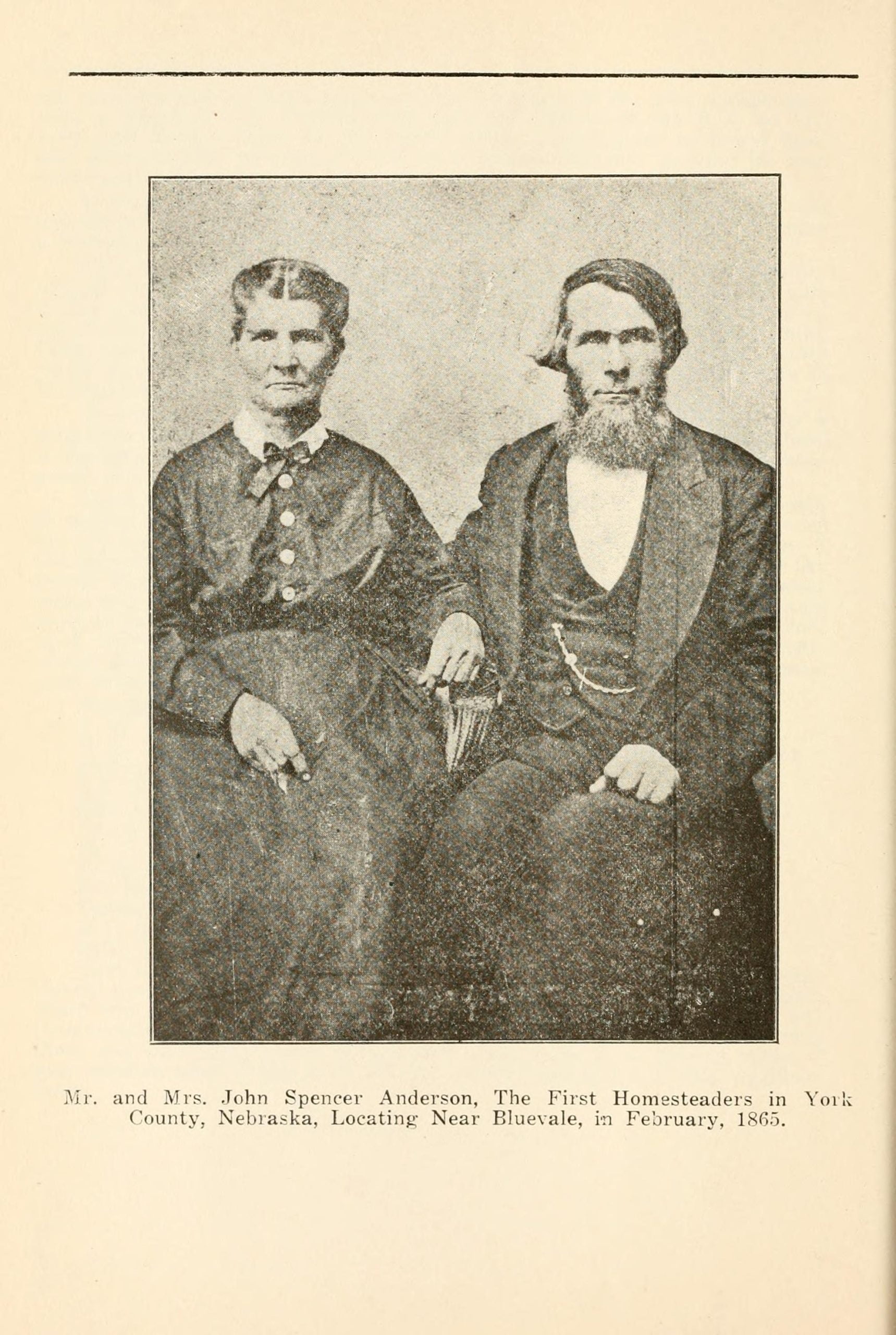Biography of Philip Schawb of Fillmore County
Philip Schwab, a native of New York, moved to Michigan for three years before settling in Nebraska in 1871. Initially working at sawmills near West Blue, he later homesteaded near Exeter, building a sod house and later a frame house. Schwab married Melissa Whitaker, whose grandmother, Mrs. E. A. Whitaker, was the first white woman to claim land in Fillmore County in 1868. The Whitakers faced many challenges, including prairie fires and interactions with Native Americans. The Whitaker family’s pioneering spirit and resilience are exemplified through their significant contributions to the development of the region.


